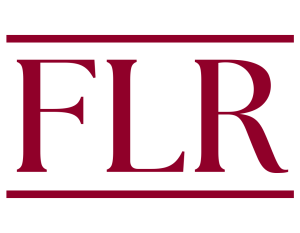The article challenges the conventional wisdom that the U.S. Supreme Court’s 1984 Chevron case caused a sea change in the doctrine of scope of judicial review of administrative agency legal determinations. Interpretations of Chevron by lower courts and commentators have been so varied that the doctrine of scope of judicial review is in a state of disarray. The Court attempted to clarify the situation in its 1999 and 2000 Terms. The result, however, was more confused commentary and complaints that the Court had made matters worse. It is important that the doctrine be clear. A prime example of why is found in implementation of the anti-terrorist legislation enacted hurriedly after 9/11. Administrative agencies, not the federal courts, enforce much of that legislation. However, the courts generally are available for judicial review of such agency enforcement actions. With personal rights at stake in many administrative enforcement contexts, it is essential to clarify the appropriate scope of review for both lawyers and courts engaged in judicial review of those decisions. Resolution of this issue would promote both an appropriate balance between national security and individual rights, and consistency among federal court decisions.
First, the article assesses the Court’s opinions in the major pre-Chevron cases and demonstrates that, contrary to the conventional wisdom, they contained consistent themes. Second, it presents an analysis of Chevron indicating that it is, in fact, a decision in the tradition of the earlier cases. Third, it addresses the major post-Chevron cases and shows that, not only are they consistent with this analysis of Chevron, but also they are consistent with the pre-Chevron cases. Indeed, the analysis indicates the Court’s Christensen and Mead cases clarified Chevron and brought scope of review doctrine back in line with the pre-Chevron tradition. As clarified, the Court’s case law doctrine on scope of review is now generally consistent. Fourth, the article presents a basic model for scope of judicial review based on the clarified principles.

